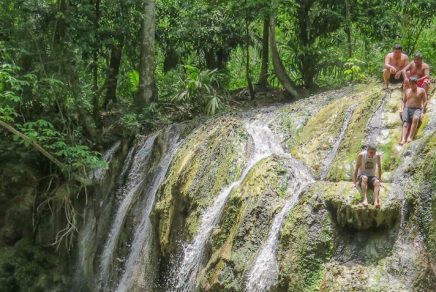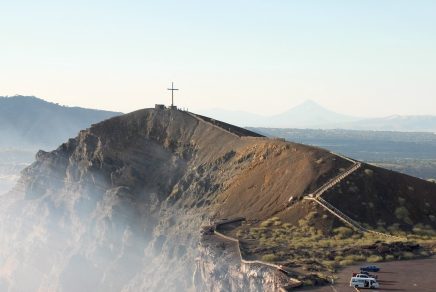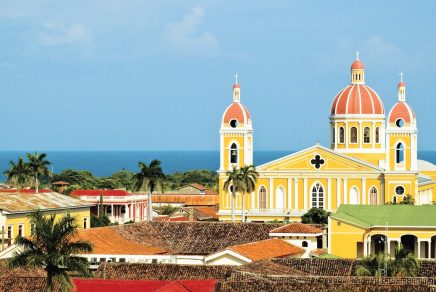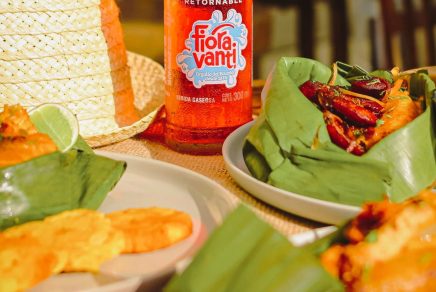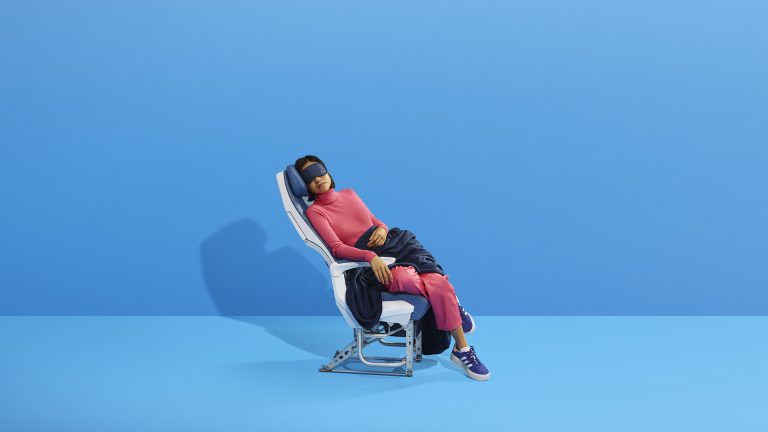Share the article
My favorite thing about Nicaragua is that it’s a country full of surprises. While it’s one of Central America’s most captivating nations, it’s still a bit of a secret to many travelers. Nicaragua’s coastlines, which stretch along both the Pacific Ocean and the Caribbean Sea, offer an astonishing variety of beach life. From world-class surf breaks to secluded islands, each beach has its own unique vibe. As a travel writer who has explored this beautiful country, I can tell you these are the best beaches in Nicaragua that you absolutely don’t want to miss.
Popoyo
Popoyo is my kind of beach town. It’s so small that you won’t even find any street signs, which can make getting directions a bit of an adventure! But this quiet, off-the-beaten-path vibe is exactly what makes it so special.
While many tourists head straight for the party scene of San Juan del Sur, the surfing community has known about Popoyo for years, and it attracts professional surfers from all over the world. However, the waves aren’t the only attraction here. Beyond the surf, you’ll discover tranquil tidal pools, natural hot springs, and excellent fishing. Most travelers, in fact, find it almost impossible to leave the peacefulness of their hammock.
Playa Redonda
If you’re looking for a slice of paradise that feels exclusive but isn’t, Playa Redonda is your spot. This private beachfront is situated inside the luxurious Aqua Wellness Resort. But here’s the best part: anyone can enjoy its swaying palms, virgin beaches, and incredible food. My favorite activity here is sea kayaking or paddle boarding, which offer a more active way to enjoy the tranquil waters.
Las Peñitas
Less than an hour from the bustling city of León, you’ll find the incredibly laid-back Las Peñitas. This is a no-frills destination that I love for its relaxed atmosphere. The black sand beach draws a perfect mix of surfers and travelers just looking to unwind. It’s also my go-to spot for exploring the nearby Isla Juan Venado, a true paradise for nature lovers eager to witness a variety of wildlife and seasonal turtle migrations.
Pearl Cays
Imagine an almost untouched Caribbean paradise. That’s what you get with the Pearl Cays, a stunning group of 18 tiny islands located 35 kilometers off the mainland. While some of the islands are inhabited, you can easily rent a boat from Laguna de Perla to spend the day exploring. This is a place for true nature lovers. The islands are famous for being a nesting site for the endangered Hawksbill Turtle, so I always make sure to explore with extreme caution and respect.
Playa La Flor
Just south of San Juan del Sur, you’ll find Playa La Flor, a beach nestled inside a protected natural reserve. While August and September may not be the most popular months to visit Nicaragua, they offer a once-in-a-lifetime opportunity: a chance to witness the arrival of thousands of Olive Ridley turtles coming ashore to lay their eggs. It’s an absolutely magical spectacle. There is a small entrance fee to the refuge, and for the most memorable experience, you can even pay a little extra to camp overnight.
Jiquilillo
For an experience that’s truly remote, you have to visit Jiquilillo. This is a working fishing village on a black sand beach. It may not have all the amenities you’re used to, but that’s the point. This is as remote as it gets, making it a perfect destination for backpackers and shoestring travelers. In addition to a truly authentic experience, you’ll also find great hiking opportunities up a nearby volcano, incredible wetlands to explore, and my personal favorite: delicious local treats like coconut bread.
Corn Islands
I believe the Corn Islands are home to some of the best scuba diving in the world. Located 75 kilometers east of the mainland, these two islands—aptly named Little Corn and Big Corn—are a fantastic secret. They are well known for their underwater adventures and unbelievably inexpensive lobster. You can take a daily flight from Managua to Big Corn, but your only way to the more secluded Little Corn is by boat. While the islands get some rain, they also enjoy a long dry season from February to April.
